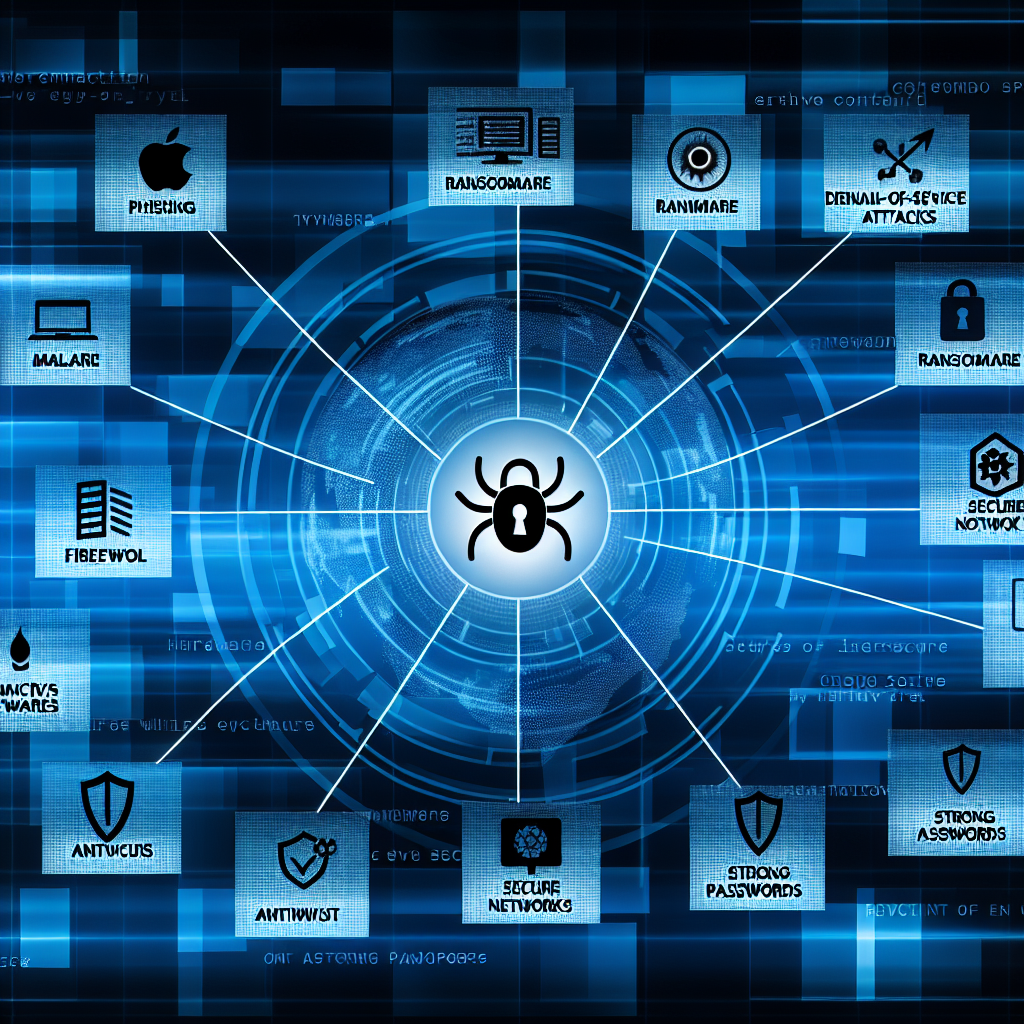Overview of Common Cyber Attacks
The document titled “Common Cyber Attacks: Reducing The Impact” serves as a vital resource for organizations to gain insight into the nature of common cyber attacks. It emphasizes the necessity for all entities to implement essential security measures and processes to shield themselves from potential threats. You can download the complete version at the bottom of this page (PDF).
This paper can be used in conjunction with the recently updated “10 Steps to Cyber Security,” which provides detailed guidance on practical actions organizations can take to bolster the security of their networks and the information they manage.
It is important to note that the report does not delve into the details of complex or sustained attacks, nor does it analyze the specific incidents of such attacks.
Quick Reference to Common Cyber Attacks
A summary of security controls to mitigate your organization’s risk of a cyber attack is available in the Cyber Attacks summary document, which you can download at the bottom of this page.
The Evolving Threat Landscape
Organizations often seek clear evidence of potential threats before investing in security measures. Unfortunately, accurately assessing specific risks within cyberspace can be challenging. However, it is crucial to understand that every organization carries the potential to be targeted. Each entity holds valuable assets that may attract the attention of malicious actors. If vulnerabilities are evident in your cybersecurity practices, it is likely that you will face some form of attack.
Minimizing Vulnerability to Cyber Attacks
Fortunately, there are practical and cost-effective strategies available to lessen your organization’s vulnerability to prevalent cyber attacks on internet-exposed systems. The following security controls are part of the Cyber Essentials framework, along with guidance on their implementation:
- Boundary firewalls and internet gateways – Implement perimeter defenses, including web proxies, filtering, content checks, and firewall policies to detect and block malicious downloads, restrict access to harmful domains, and prevent direct internet communication from user computers.
- Malware protection – Maintain defenses to identify and respond to known malware threats.
- Patch management – Regularly update software to address known vulnerabilities and prevent exploitation.
- Allow listing and execution control – Restrict unapproved software from running or installing, including disabling AutoRun on removable drives.
- Secure configuration – Limit device, operating system, and application functionalities to the minimum necessary for operations.
- Password policies – Establish and enforce strong password management practices.
- User access control – Assign minimal execution privileges to regular users, adhering to the principle of least privilege.
If your organization could be a target for technically sophisticated attackers, enhance your defenses with the following additional measures from the “10 Steps to Cyber Security”:
- Security monitoring – Implement systems to detect any unusual or potentially harmful activities.
- User training and awareness – Educate staff on their roles in maintaining security and on how to report suspicious behavior.
- Security incident management – Develop response plans to effectively handle attacks, thereby minimizing their impact on the organization.
Fortifying Your Cyber Defenses
The internet poses significant risks as new vulnerabilities and exploitation tools continuously emerge. Ignoring these threats is no longer viable. Safeguard your organization and its reputation by implementing fundamental cyber defenses, ensuring that your organization does not join the growing list of cyber attack victims.

Based on an article from ncsc.gov.uk: https://www.ncsc.gov.uk/guidance/white-papers/common-cyber-attacks-reducing-impact





